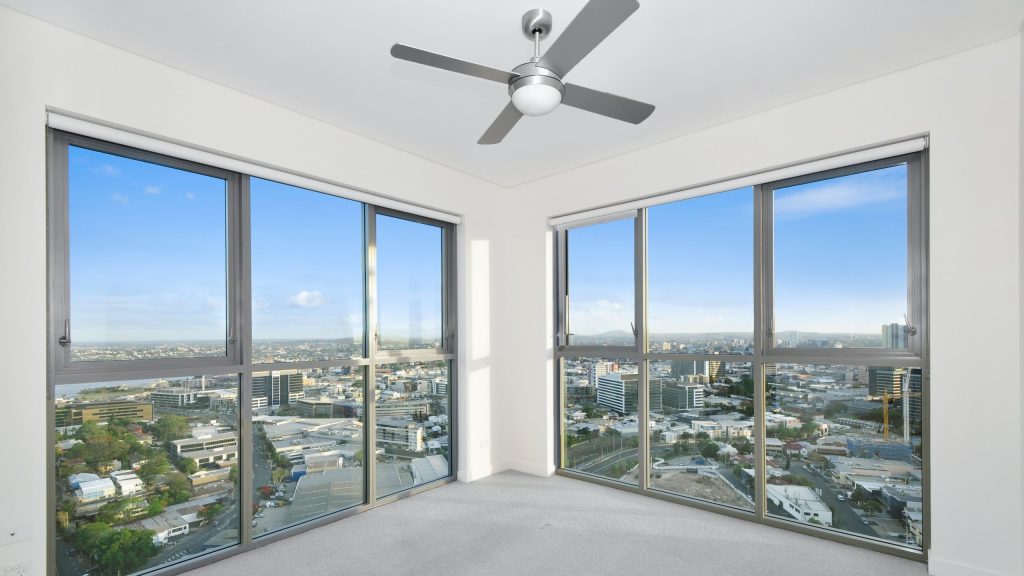
Policy Solution
Cooling tax rebate program
Incentive

Summary
Sustainable home cooling interventions like ceiling fans and window attachments can reduce indoor temperatures.
Implementation
Establish an income tax rebate program for home cooling improvements.
Considerations for Use
To ensure programs are accessible to the greatest share of residents, programs should be designed to include renters and homeowners as well as those who do not earn traditional incomes.
Overview
Climate:
Cold, Hot/Dry, Hot/Humid, TemperatePolicy Levers:
IncentiveFinancial and non-financial incentives to encourage stakeholders to implement heat risk reduction and preparedness solutions, including rebates, tax credits, expedited permitting, development/zoning bonuses, and more.Trigger Points:
City planning processesIncludes city initiatives such as the development of climate action plan, pathway to zero-energy, master plan, transit plan, energy mapping etc.Intervention Types:
Planning/PolicySectors:
Buildings
Impact
Target Beneficiaries:
Property ownersPhase of Impact:
Risk reduction and mitigationMetrics:
Number and location of participating properties
Implementation
Intervention Scale:
City, State/ProvinceAuthority and Governance:
City government, State/provincial governmentImplementation Timeline:
Short-term (1-2 Years)Implementation Stakeholders:
City government, Property owners and managersFunding Sources:
Public investmentCapacity to Act:
HighBenefits
Cost-Benefit:
LowPublic Good:
LowGHG Reduction:
LowCo-benefits (Climate/Environmental):
Reduce greenhouse gas emissionsCo-benefits (Social/Economic):
Save on utilities
